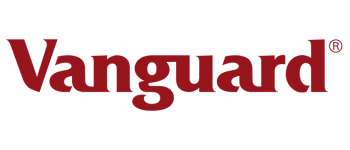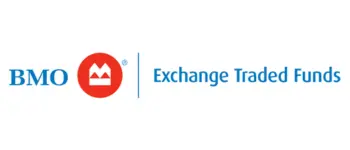These ETFs Offer Single-Click Exposure to the Fastest-Growing Economies on Earth
Key takeaways
Diverse Emerging Market Exposure – These ETFs offer access to a broad range of emerging economies, from China and India to Latin America and beyond.
Equity vs. Fixed Income – While most funds focus on stocks, ZEF.TO provides exposure to emerging market bonds, offering a different risk-return profile.
Currency & Market Risks – Emerging markets can be volatile due to political risks, currency fluctuations, and economic instability, making ETF selection crucial for risk management.
One ETF I like way better than the ones on this list.I’ve often been told that Canadians have a “hometown bias” regarding Canadian ETF or stock selection.
This might be because Canada is home to some of the best dividend-paying stocks with the most significant economic moats in the world, like our telecom or pipeline companies. These are excellent companies that have historically provided solid total returns.
However, diversification is still vital. So many Canadians either stuff their portfolios with local stocks or diversify into the United States via an S&P 500 ETF. That’s a good start and a solid methodology, but there’s a whole world out there outside of North America.
Plus, exchange-traded funds make it easy to invest in these other markets, much easier than trying to find stocks on your own. This wouldn’t have been the case 15-20 years ago.
Plus, investors looking to gain exposure outside of North America can do so by buying ETFs that trade on the Toronto Stock Exchange and in Canadian Dollars. No currency exchange is necessary. These are diverse portfolios wrapped up in an easy package that also comes with very reasonable expenses.
A warning before we start: international ETFs carry more risk
These low-cost ETFs are great if your investment objective is to gain more exposure to international markets. However, you must understand they do carry additional risks.
Global markets outside of North America are relatively unknown to the average retail investor and carry some added risk. After all, emerging markets are not as established as the major exchanges here in Canada, the United States and Europe. As a result, many are hesitant to invest.
Fortunately for you, some great emerging market ETFs here in Canada provide broad exposure to some markets that are definitely not easy to get exposure to if you’re picking individual stocks. Some examples would be China, India, Russia, and Latin America.
We are still relatively limited in options. However, I’m going to go over some of the best available today. Not only will I highlight equity ETFs, but also fixed income options.
The top emerging market ETFs to buy in Canada
Broad all-cap emerging market exposure
FTSE Emerging Markets All Cap Index ETF (TSE: VEE)

VEE tracks the FTSE Emerging Markets All Cap Index, providing exposure to large-, mid-, and small-cap companies across emerging economies. It offers a well-diversified approach, capturing both established and high-growth companies within developing markets.
Low-cost emerging market ETF
iShares Core MSCI Emerging Markets ETF (TSE:XEC)

XEC tracks the MSCI Emerging Markets IMI Index, covering large, mid, and small caps across 24 emerging economies. It’s a popular low-cost option for Canadian investors looking for passive exposure.
Balanced emerging market exposure with currency hedging options
BMO MSCI Emerging Markets Index ETF (TSE:ZEM)

ZEM tracks the MSCI Emerging Markets Index, providing diversified exposure to major developing economies. It includes an option for currency hedging, reducing FX risk for Canadian investors.
Fixed income exposure to emerging markets
BMO Emerging Market Bond Hedged to CAD Index ETF (ZEF.TO)

ZEF holds sovereign bonds from emerging economies, providing income while reducing currency risk via CAD hedging.
Targeted exposure to India’s growth
BMO MSCI India Selection Equity Index ETF (TSE:ZID)

ZID invests in India’s largest companies, capitalizing on the country’s rapid economic expansion.
Focused exposure to China’s top stocks
iShares China Index ETF (XCH.TO)

XCH provides exposure to China’s largest and most influential companies, including tech, financials, and consumer sectors.
Overall, these Canadian emerging market ETFs provide excellent exposure
All of these funds give you great exposure to markets outside of North America. Some of them are broad-based, while others focus on individual countries. Investors looking to take advantage of the growth in external markets can do so relatively quickly with any of these funds, just make sure you know the differences.
Remember that emerging market ETFs are prone to external regulatory and political risks you may not see in more established markets. We’ve witnessed this right now with China, and these risks could get much worse if China takes a more aggressive stance with Taiwan.
I wouldn’t necessarily label these emerging market ETFs as “high risk.” Still, investors assume much more risk with these emerging market ETFs than they would invest in, say, a TSX 60 ETF.
That makes it extra important for investors to be a little careful here. The fund documents — including the fund’s prospectus, its trading strategy, and other metrics — will have many of the answers investors seek.
